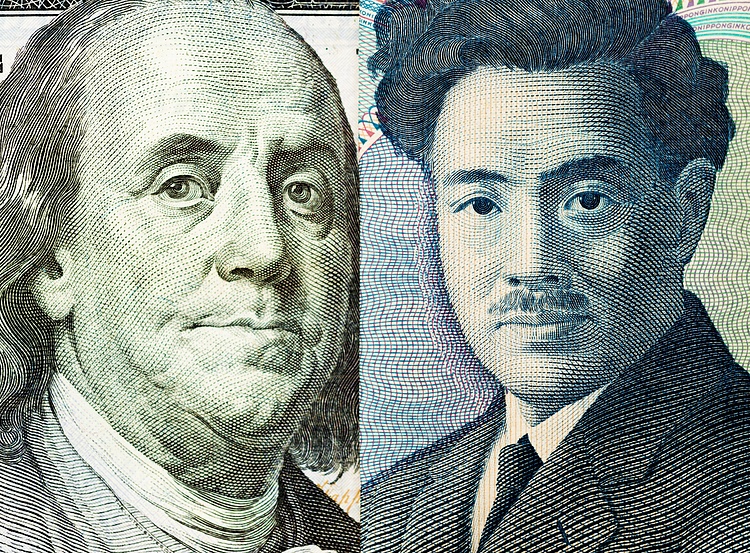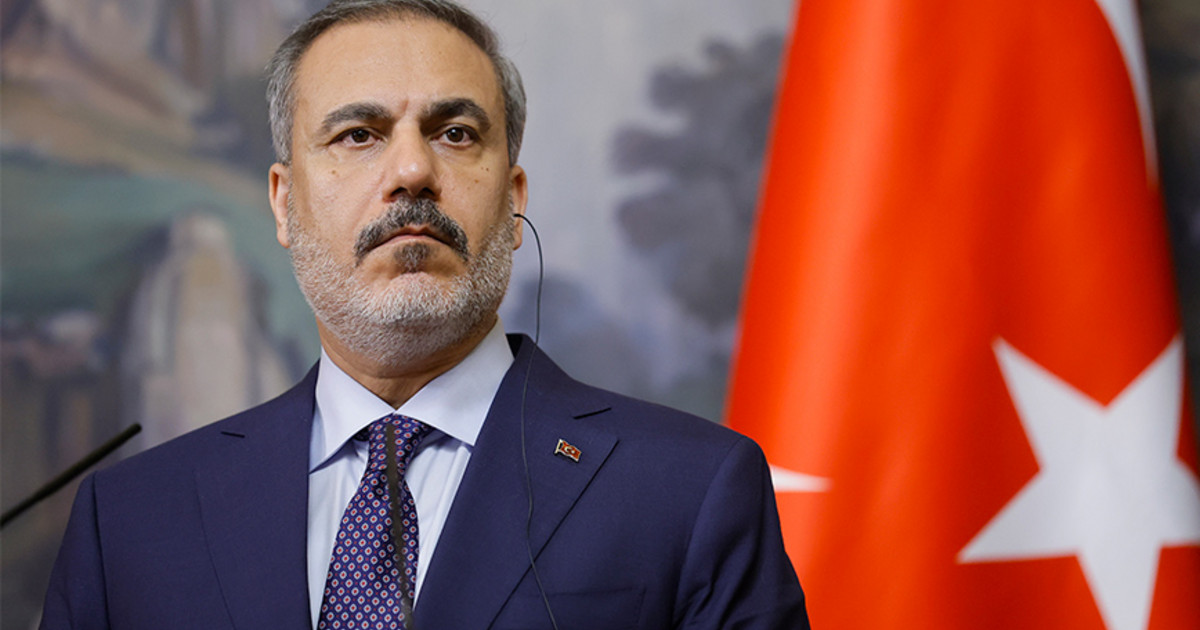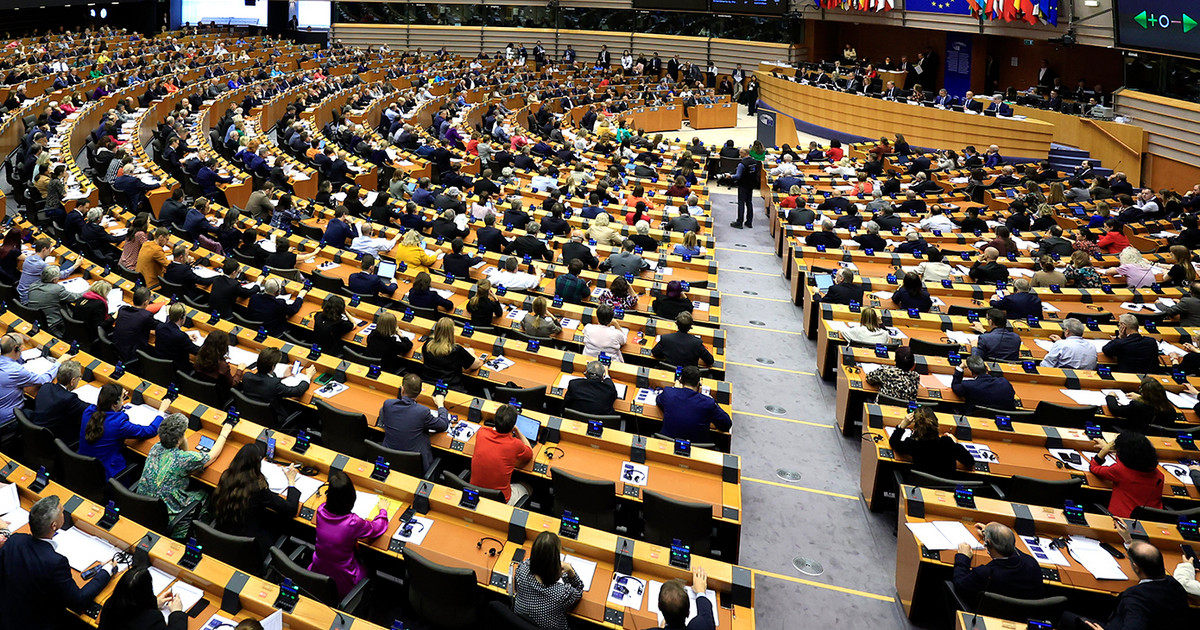The federal government begins to pay the first installments of the Brazil Aid this Wednesday (17). Recipients with final NIS 1 will be the first to receive (see schedule below). The government’s new social program must have an average value of R$ 217.18, and the beneficiaries of the family allowance will automatically migrate to the new program.
Auxílio Brasil will replace Bolsa Família, and payments begin after the end of Emergency Aid, created during the pandemic. With that, the two benefits cease to exist.
The payment of the program fee will be monthly, with an adjustment of 17.84% considering the current average value of Bolsa Família. The reference for the payment date is the last digit of the Social Identification Number (NIS).
Check out the main information about Auxílio Brasil below.
Where will the money to pay Brazil Aid come from?
The project was regulated from a decree published on November 8th. The announcement of the development of a new social benefit by the federal government took place in October, the month of the last installment of the Emergency Assistance.
At first, the government’s expectation was to pay a benefit of at least R$ 400 as of November and expand the number of benefited families, going from 14.6 million currently to 17 million.
However, the changes depended on a source of funding. The government then presented the call PEC of Precatório, a project that would allow the government to postpone part of the payments of court orders, government debts with individuals, legal entities and other governments, with payment already stipulated by court decisions.
With this, the government would have around R$91.6 billion available, with approximately R$40 billion being earmarked to allow for the announced expansions. The PEC dos Precatório was approved in the Chamber, but it is still being processed in the Senate, and that is why the government has not been able to comply with what was promised.
Working with the available budget, the federal government increased the average benefit to R$ 217.18, maintaining the 14.6 million beneficiaries. To make this possible, President Jair Bolsonaro (non-party) enacted laws that open credit of BRL 9.36 billion for the Ministry of Citizenship to use to pay the benefit.
The value is lower than the average of Emergency Aid in 2020 (BRL 600) and 2021 (BRL 250), and only resets inflation for the period. Considering the two years, 68 million people were benefited.
What are the benefits paid?
Auxílio Brasil is made up of the so-called basic core, with three types of benefits aimed at early childhood, family composition and extreme poverty.
It has six other types of benefits, involving school sports, research, employment and compensation for those who had a reduction in pay as a result of the move.
Each of the benefits has a specific membership rule, as well as the maximum and minimum amounts that will be paid.
Basic core:
- Early childhood: called by the government for the first childhood, the benefit is aimed at families with children aged three years old, with a value of R$130 per child. Limit of five benefits per family
- Family composition: includes young people up to 21 years old, enrolled in public schools. Monthly payment of R$65 per member. This rule also covers pregnant women, and the limit is five benefits per family
- Overcoming extreme poverty: for families that are below the poverty line – whose monthly income is less than R$ 100, the government provides assistance that reaches this monthly income. In this case, beneficiaries do not need to fulfill the first two requirements. The minimum amount is BRL 25 per member
Other benefits:
- School Sport Aid: of R$100 monthly; with a single portion per family, and intended for students aged 12 to 17 years old.
- Junior Scientific Initiation Scholarship: of R$100 monthly; being a single portion per family, and for students who perform well in academic and scientific competitions
- Child Citizen Assistance: R$200 for families with children enrolled in part-time and R$300 for families enrolled in full-time; benefit for families who have not found a place in public or private day care centers
- Rural Productive Inclusion Aid: of BRL 200 monthly; for 36 months to family farmers
- Urban Productive Inclusion Aid: of BRL 200 monthly; for those on the Auxílio Brasil payroll and proof of employment
- Transition Compensation Benefit’: consists of values that seek to help families who had some reduction in benefit due to the new structure of the project
On the other hand, Bolsa Família benefits whose family income exceeds up to two and a half times the poverty line, R$ 200 per person, will remain in Auxílio Brasil for 24 months, and then will be excluded.
Benefit payment is monthly and does not occur during weekends and holidays. The amounts are deposited in Caixa Econômica Federal accounts and can be withdrawn at lotteries, Caixa branches or through the Caixa Tem application.
According to the president of Caixa, Pedro Guimarães, the Bolsa Família application will be reused for Auxílio Brasil. It will change its name automatically. It will be possible to consult, through Caixa Tem, the benefits and installments available.
Guimarães also stated that the branches will open again at 10 am from November 23rd.
Yes. In addition to the change in the average benefit, the federal government announced an update in the cut-off values for extreme poverty and poverty groups. The first rises from R$89 to R$100, and the second, from R$178 to R$200.
The other difference, in the increase in the number of beneficiary families, still depends on a source of financing. The government promises to carry out the expansion until December.
Reference: CNN Brasil
I am Sophia william, author of World Stock Market. I have a degree in journalism from the University of Missouri and I have worked as a reporter for several news websites. I have a passion for writing and informing people about the latest news and events happening in the world. I strive to be accurate and unbiased in my reporting, and I hope to provide readers with valuable information that they can use to make informed decisions.






